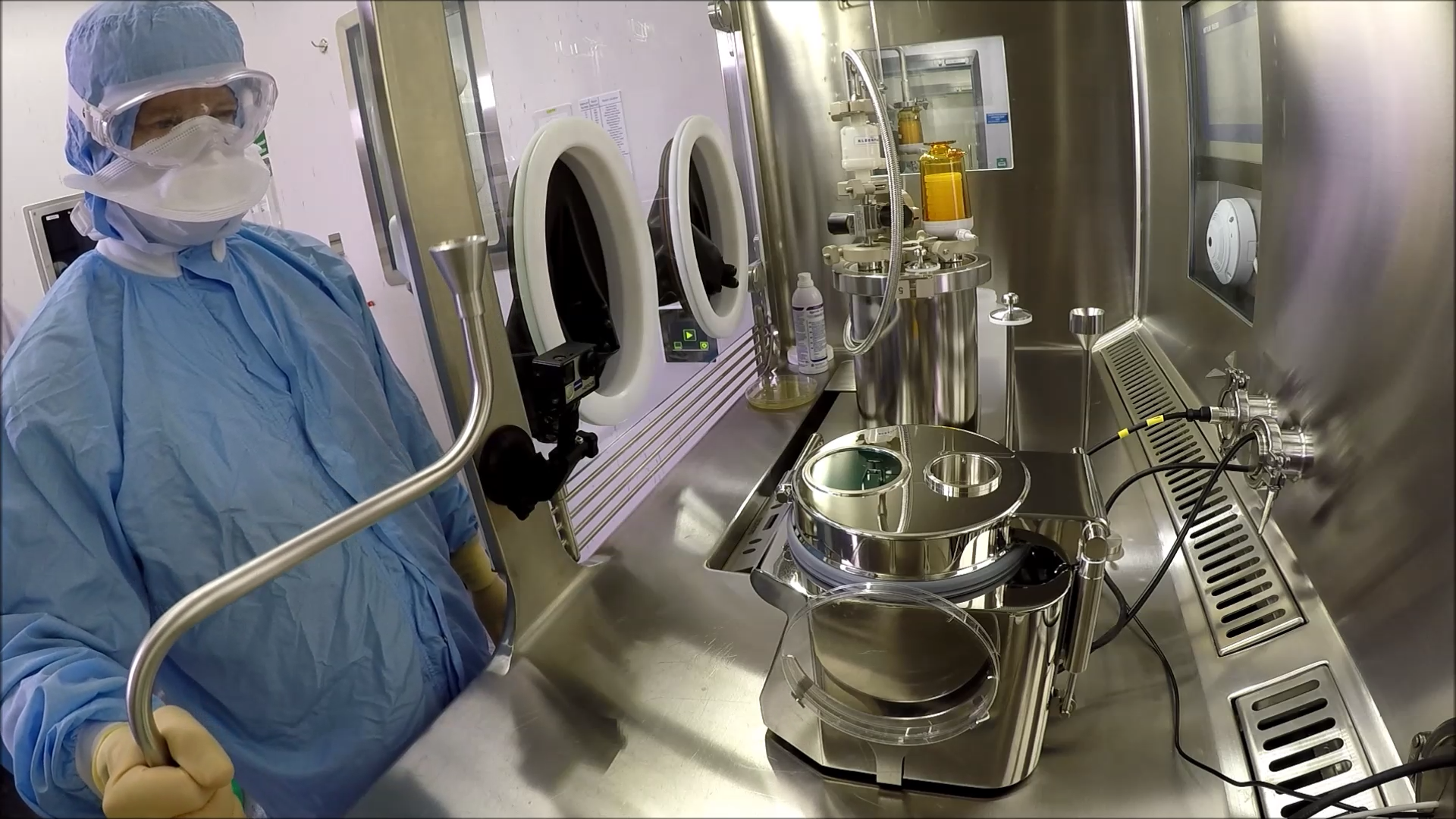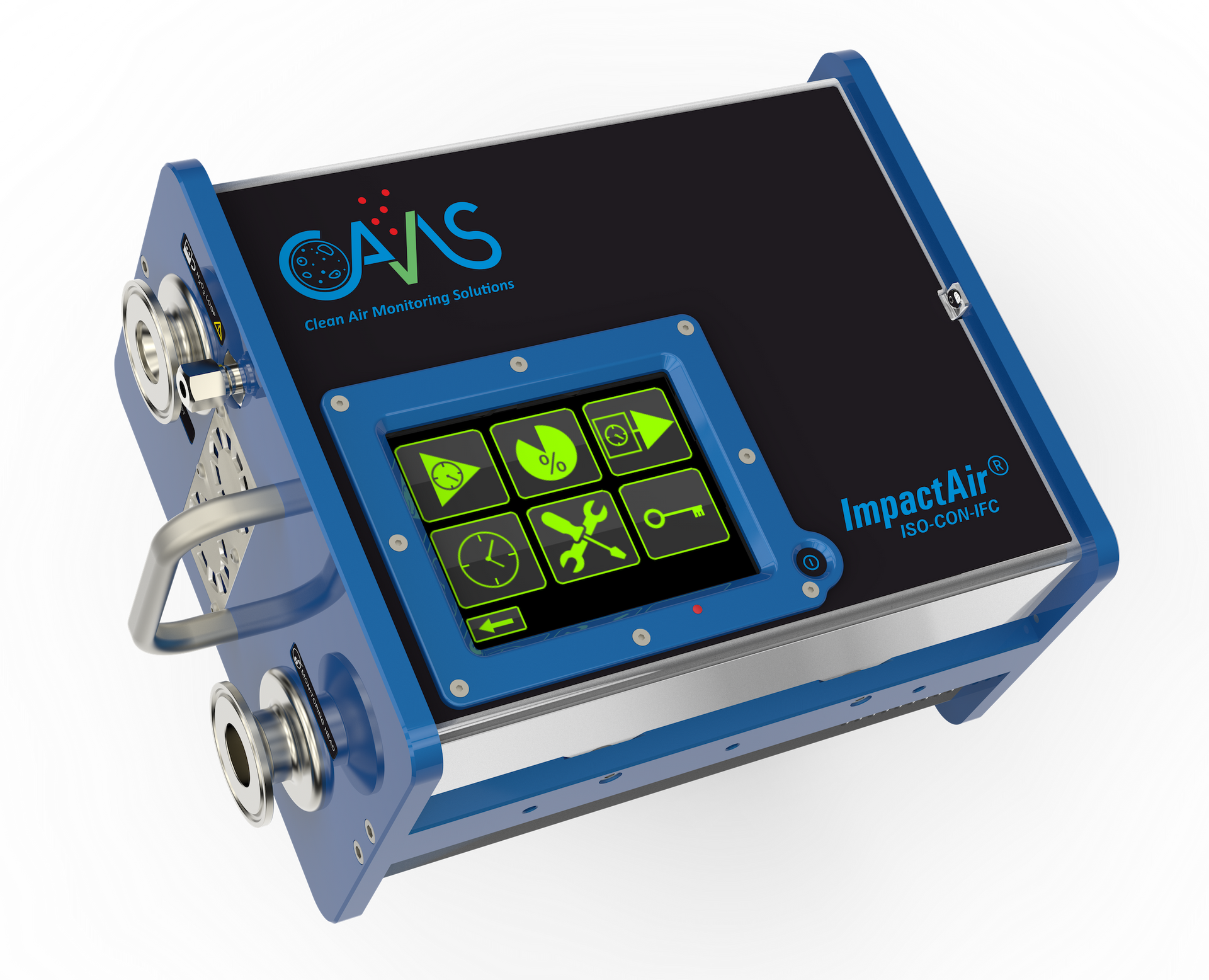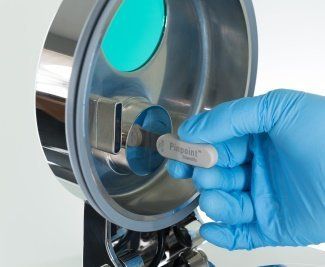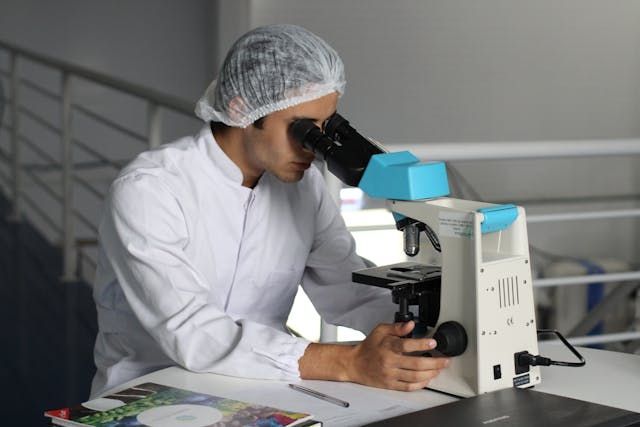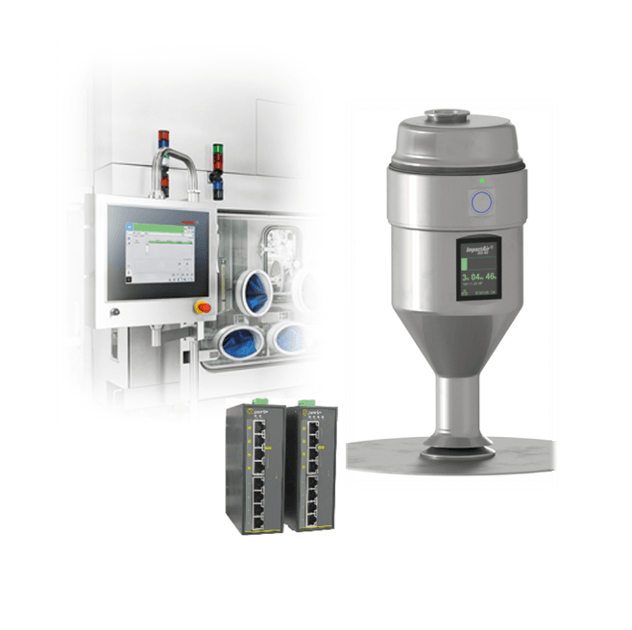Clean Air Monitoring Solutions (CAMS) is the home of the ImpactAir range of products.
Fully complaint with EU GMP Annex 1, these products deliver world class environmental monitoring in clean room environments, RABS, and isolators.
Download our new mini--booklet Continuous Viable Particle Monitoring for Critical Environments
The ImpactAir Range
Discover how the ImpactAir range of products and services can help you
The Learning Centre
Everything you need, all in one place
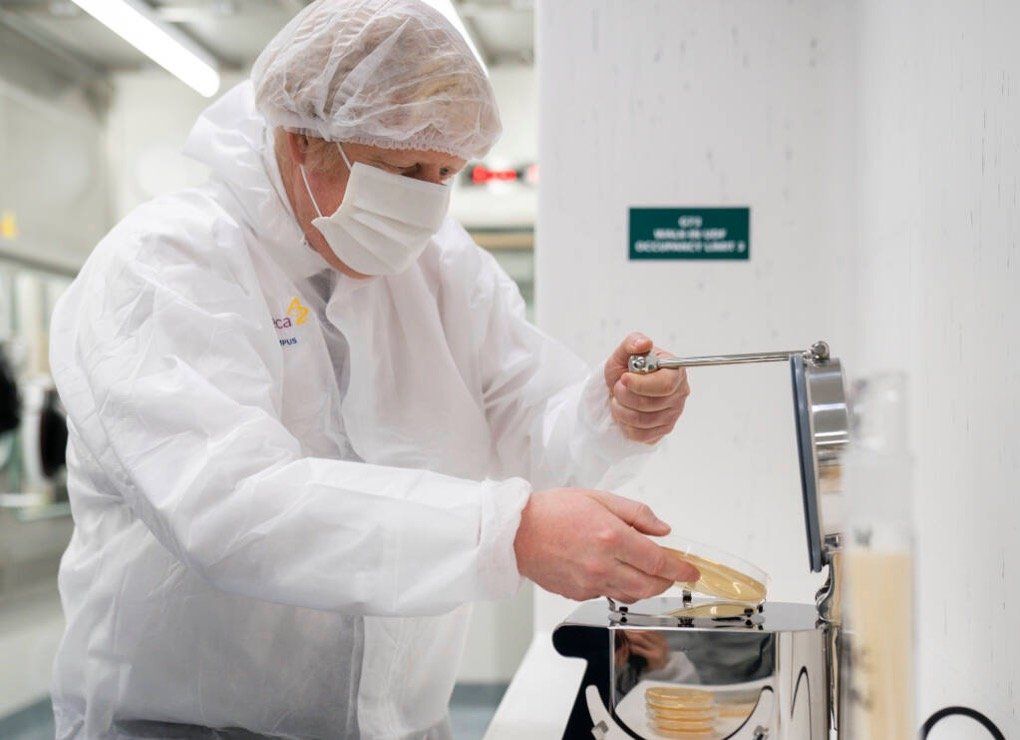
It's four years ago today that then Prime Minister Boris Johnson announced a national lockdown as the first wave of the Coronavirus took hold. Within a year, the roll out of Coronavirus vaccine in the UK had started and was a staggering success. The rollout was a brilliant testimony to the hard work and skill of everybody involved; the scientists and technicians at Oxford University and AstraZeneca, and their counterparts around the world, the hard working NHS and armed forces teams managing a huge logistical exercise of getting the jab into people’s arms, and the legion of wonderful volunteers, helping out from Land’s End to John O’Groats to support the mission. The Prime Minister visited AstraZeneca at that time, and we were delighted to see that most of the media coverage featured this picture of him changing the agar plate on an ImpactAir-140. As a business, we believe in doing our bit to help wherever we can. We’re exceptionally proud of the modest part we played in helping with vaccine development and manufacturing. All of the vaccine manufacturers had to develop and manufacture at speed. When you’re manufacturing injectables at speed, you need to be 100% confident that the manufacturing environment is as clean as it can be, and you need to know that your environmental monitoring is on top of its game. It’s humbling and also a source of great pride, that when that was the case, people turned to our products. We were happy to see our ImpactAir products called into action to meet this challenge, and we are delighted that they continue to perform, delivering world class environmental monitoring wherever they are needed. Find out more about the ImpactAir range here , or contact us here .
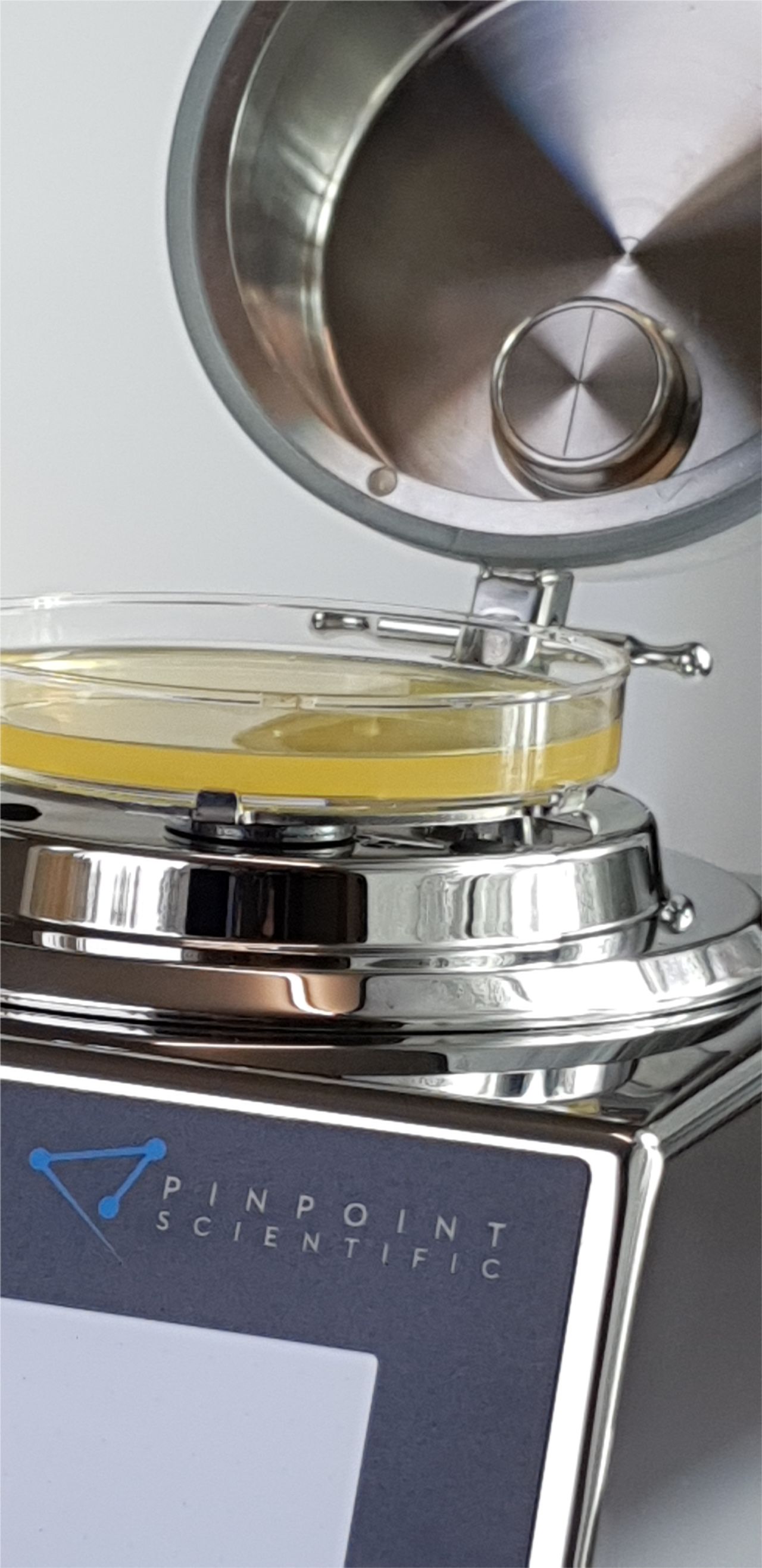
In all cleanrooms, measurement of the bioburden (viable bacteria, spores, and moulds) is essential to ensure air quality. Some cleanroom monitoring is described as passive monitoring, and some is described as active monitoring. So what’s the difference? Passive Monitoring In some locations, environmental monitoring consists of an agar plate which is left open on a surface in the laboratory or cleanroom to capture any falling microbes and give a sense of the quality of the air. This is passive monitoring, and in this case the plate is known as a settle plate. Those bugs that stick to the agar on the plate during this process will form colonies, and provide an indication of the air quality in the laboratory. Active Monitoring Environmental monitoring which is carried out using an air sampling or air monitoring device is known as active monitoring. Air is drawn into the monitoring system and impacted onto the surface of an agar plate in a controlled way. The subsequent number of colony forming units (CFU) can be measured, and as the rate of air drawn into the system is also known, the number of CFUs per cubic metre can be established. How do they compare? Not well for fans of passive monitoring. Active monitoring appears to be anything from 20 to 40 times more efficient than passive monitoring. Why might this be? Good question. All cleanrooms have a laminar flow air system that creates a downward flow of air. Typically, the airflow is around 0.45m/s, which means that on a 9cm settle plate, around 175l of air is delivered every minute. We’ve been researching how this affects passive monitoring. We are still working on it. So far, one theory could be that the effective d50 value for a settle plate in a cleanroom with a downflow as described might be as high as 88u. In which case the settle plate is effectively 50% efficient at collecting microbes of size 88u and above. In microbe world, 88u is huge, and so much of what we’d like to collect is missed. In addition, the volume of air flowing over the settle plate may be having a dessicating and possibly fatal effect on the very organisms we are trying to capture and measure, leading to less accurate results. Which to use? Passive monitoring using settle plates is an option in very low grade environments where an indication of air quality is needed, but high accuracy or quantifiable measures are not needed. It is low cost and easier to do than active monitoring, but is a less accurate measure of air quality. Active monitoring requires specialist equipment but provides a consistent quantifiable and more accurate measure of air quality. It is the preferred option for controlled environments and cleanrooms up to Grade A. To find out more about CAMS best-in-class environmental monitoring products, contact us here .

